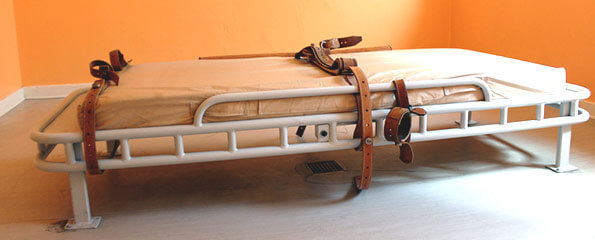Use of restraints in mental health facilities
For the first time, the Australian Institute of Health and Welfare (AIHW) has published national data about the use of restraint in Australian specialised public mental health hospital services. Restraint refers to the restriction of an individual’s freedom of movement by physical or mechanical means.
The information has been released in conjunction with the Towards Elimination of Restrictive Practices 11th National Forum, held in Perth this week. The Forum advances the national commitment to eliminating the use of restrictive practices in mental health services. The focus this year is on Working together, a culture of care.
Today’s release contains information on the use of two forms of restraint in specialised public mental health hospital services in 2015-16: physical restraint (for example, the use of hands-on immobilisation techniques by health care staff) and mechanical restraint (for example, using devices such as belts or straps).
‘Nationally, there were about 9 physical restraint events per 1,000 beds days, while mechanical restraint was less common, at under 2 events per 1,000 bed days,’ said AIHW spokesperson Matthew James.
Rates of physical restraint were highest for forensic services (which include prison based services), at about 110 events per 1,000 beds days-over 10 times the rate for child and adolescent services (about 11) and 20 times the rate for general mental health services (5).
Associate Professor John Allan, Chair of the Australian Health Ministers’ Advisory Council’s Safety and Quality Partnership Standing Committee, welcomed the new information.
‘For the first time, we have visibility of what’s really going on in our mental health services,’ he said.
‘This is a ground-breaking step in our efforts to reduce the use of restrictive practices.’
The data will be discussed at the Forum and provide the opportunity for clinicians, practitioners, consumers, and carers and family members from across Australia to come together to forge ideas and policy directions based on research, clinical practice and lived experience.
The AIHW has previously published national data on the use of seclusion (a restrictive practice where a patient is confined alone in a room from which free exit is prevented) in admitted acute mental health facilities, which has shown its use in Australia is declining.
Dates
Tags
Created by:

 Login
Login














